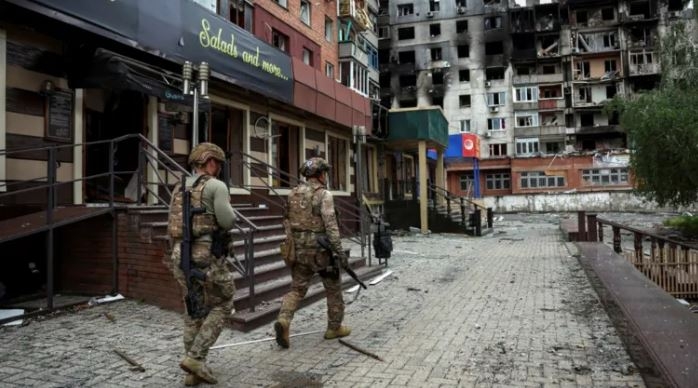Northeastern, the most water-starved region in Kenya, is suffering the worst effects of an advertised extreme weather phenomenon. The vicious cycle of drought and flood-related losses has never been better illustrated.
Wajir, Mandera, Isiolo, Samburu, Garissa, Mombasa, Kwale, Kilifi and Tana River have, so far, been the epicentres of the devastating paradox. Raging floods have destroyed bridges and roads, cutting off supplies and compromising rescue operations.
Kenya National Highways Authority closed damaged roads, without its leadership taking responsibility for substandard infrastructure.
Sadly, we are told, the worst may be yet to come, even though Kenya Meteorological Department’s prediction of November 28 to December 4, devastating floods in Nairobi and Central Kenya are yet to arrive.
The moribund Water Resources Authority also warned of more intense flooding in the coming weeks. It advised potential victims to “evacuate to higher grounds using safer routes”.
The electricity generating agency, KenGen, indicated Masinga and Kiambere dams may breach their banks.
These warnings came from institutions assigned the responsibility to plan and anticipate such disasters. Similar warnings have been issued many times over the years, without these challenges providing opportunities for robust planning.
Emergency responses are preferred over resilient planning. Roads are constructed in ways that cannot withstand the pressure of extreme weather events.
The possibility of Libya-like flooding cannot be ruled out in the face of weak infrastructure. Thousands of lives were lost, and billions of dollars worth of infrastructure were damaged in Africa’s most devastating disaster in recent years.
Pervasive anarchy undermines Libya’s capacity to repair and maintain its infrastructure and is ill-prepared to respond to disasters. Neighbourhoods were flattened in flash floods. Early warning systems were lacking. There were no evacuation plans, which could have saved more lives.
The Libya crisis started with an explosion hours before the devastating September floods. An ageing dam collapsed, and then another exploded, unleashing flash floodwaters across Libya’s eastern city of Derna.
Experts attributed the crisis to a powerful storm, which played on ageing or damaged infrastructure, inadequate warnings, uncoordinated or delayed response and accelerating consequences of climate change.
Kenya has had successive regimes through sham elections. The elections have not translated into better governance, planning, and people-centred policies that could boost resilience.
The perennial subversion of priorities offers the context of the current fumbling with responses to El Niño losses and damages. One season Kenya suffers a devastating drought and the next, floods wreak havoc with the same rage. El Niño and La Niña batter Kenya perennially with alternating fury.
Where are plans to turn adversities into opportunities for national development?
Governments are reacting to emergencies, rather than planning to make communities resilient and adaptive to extreme weather events.
The official advice is always to ask people in flood-prone areas to move to higher grounds. The national government and counties, for example, are engaged in emergency reactions — rescuing, clothing, treating and feeding the dispossessed.
There must be a better way of addressing floods, droughts, water scarcity and other disasters. Drilling boreholes and building pans and dams for water harvesting and storage are better ways of addressing the vicious cycle of floods and droughts.
Let us hope Kenya’s huge delegation to the United Nations climate change conference in the United Arab Emirates may return with better ideas for reconstruction, rather than with personal shopping.
Water harvesting and storage for irrigation represent an opportunity to reduce dependency on rain-fed agriculture in the era of erratic weather patterns.












